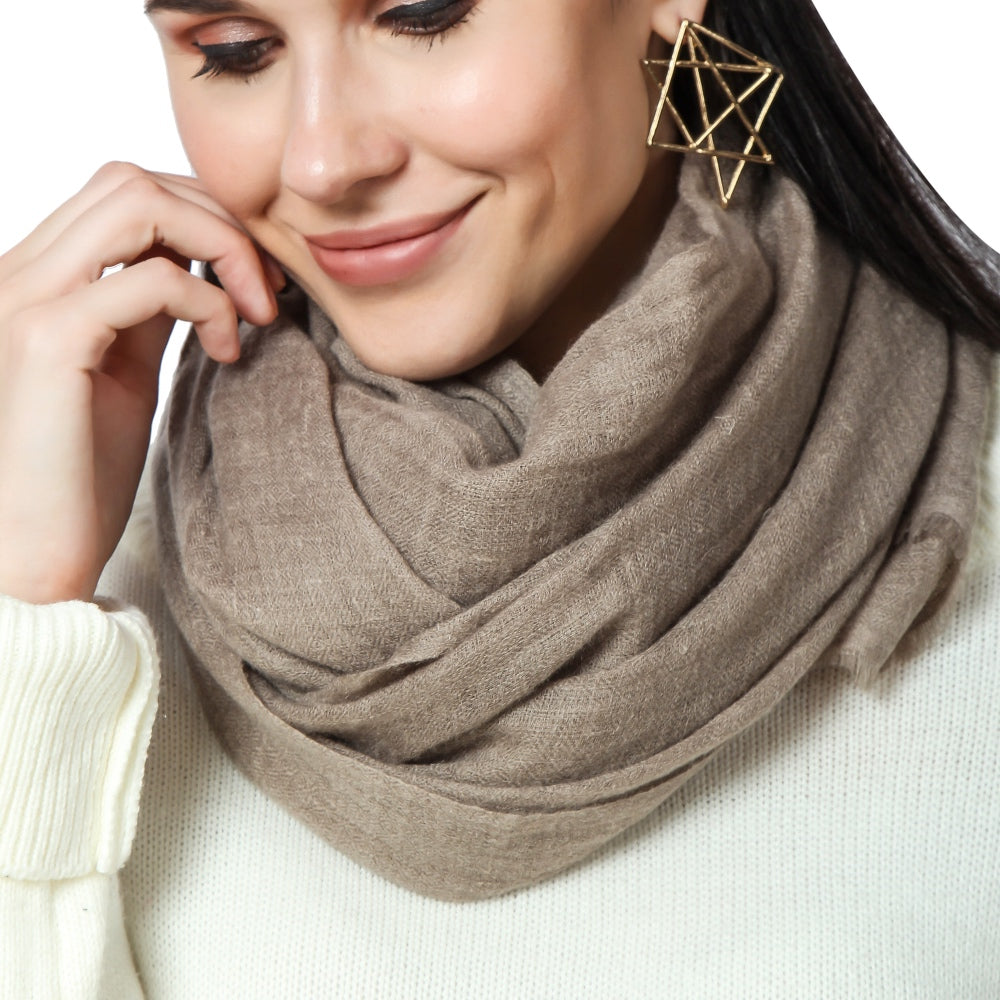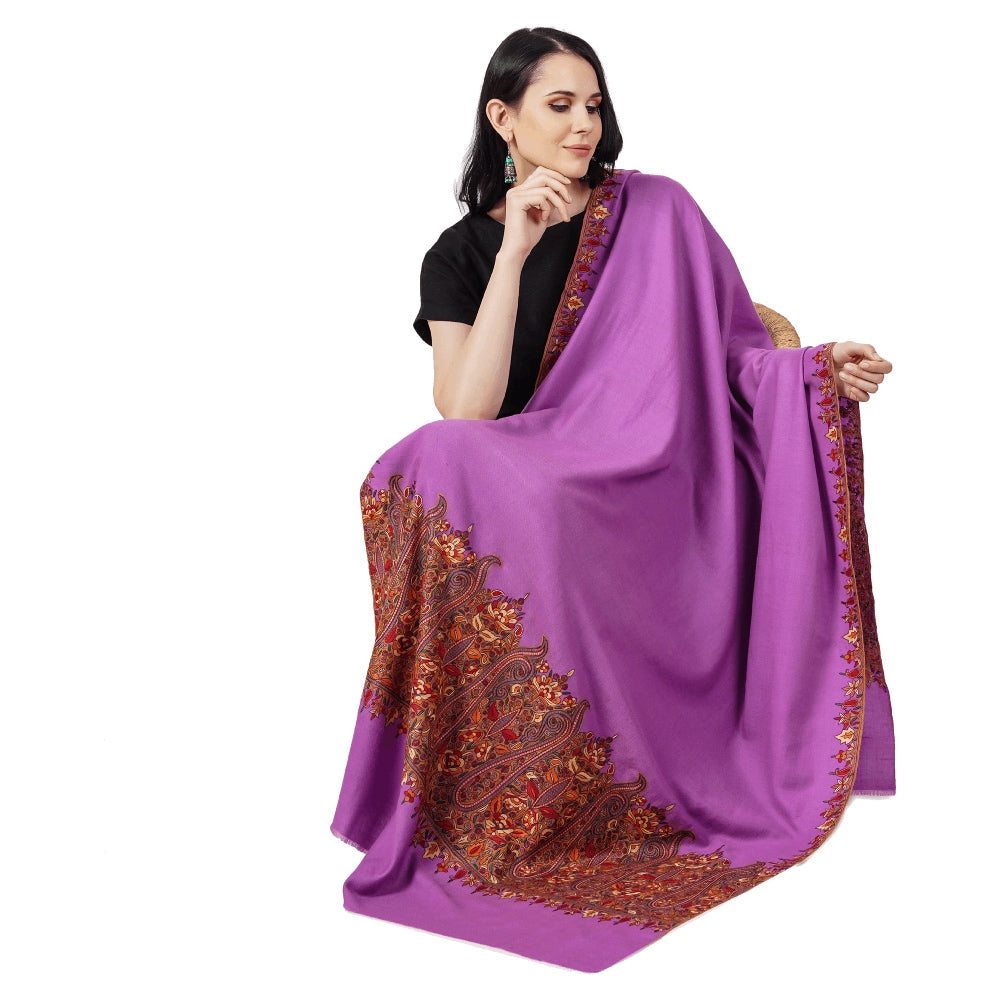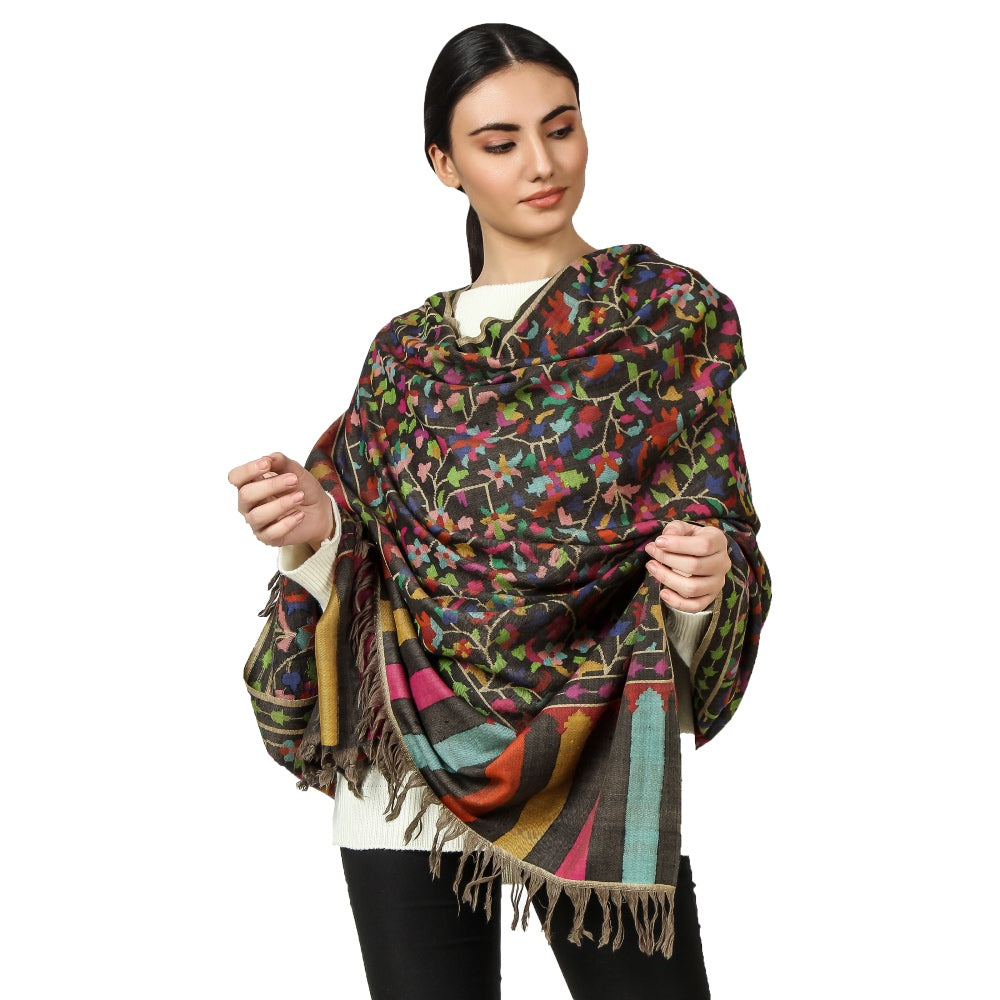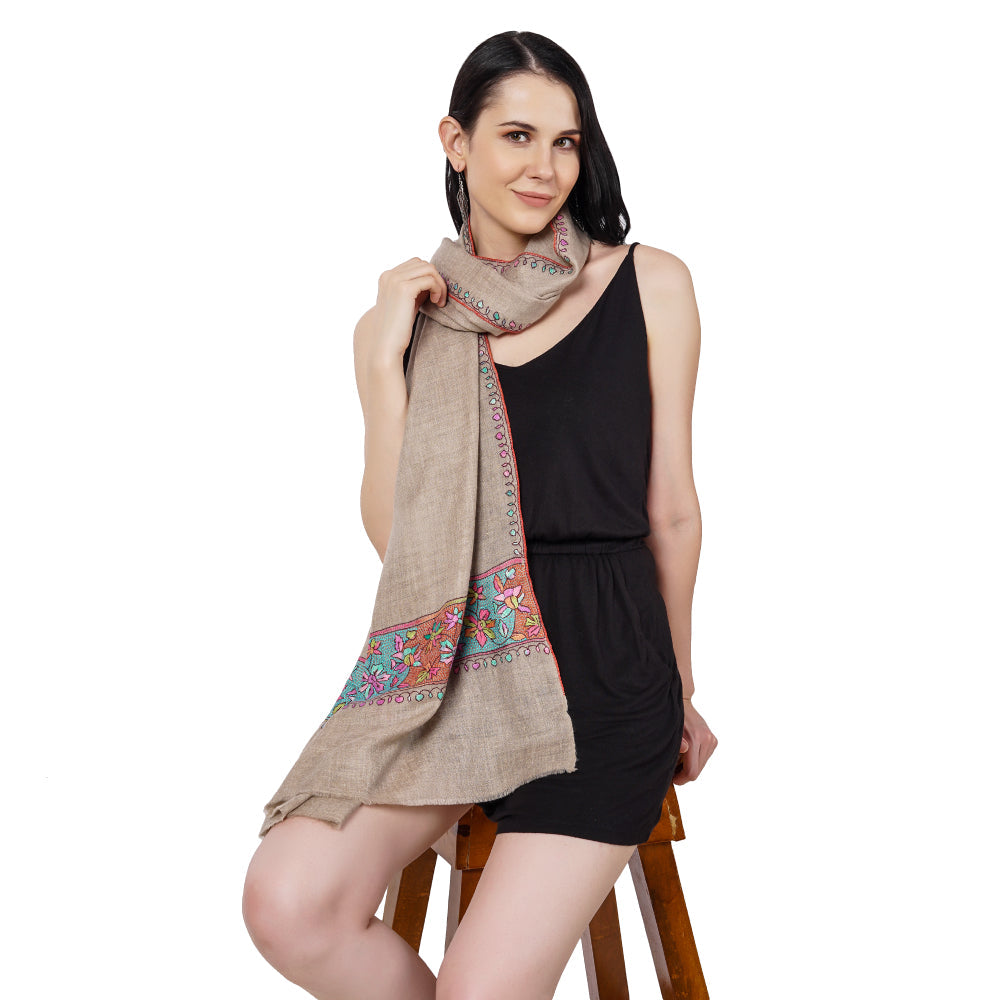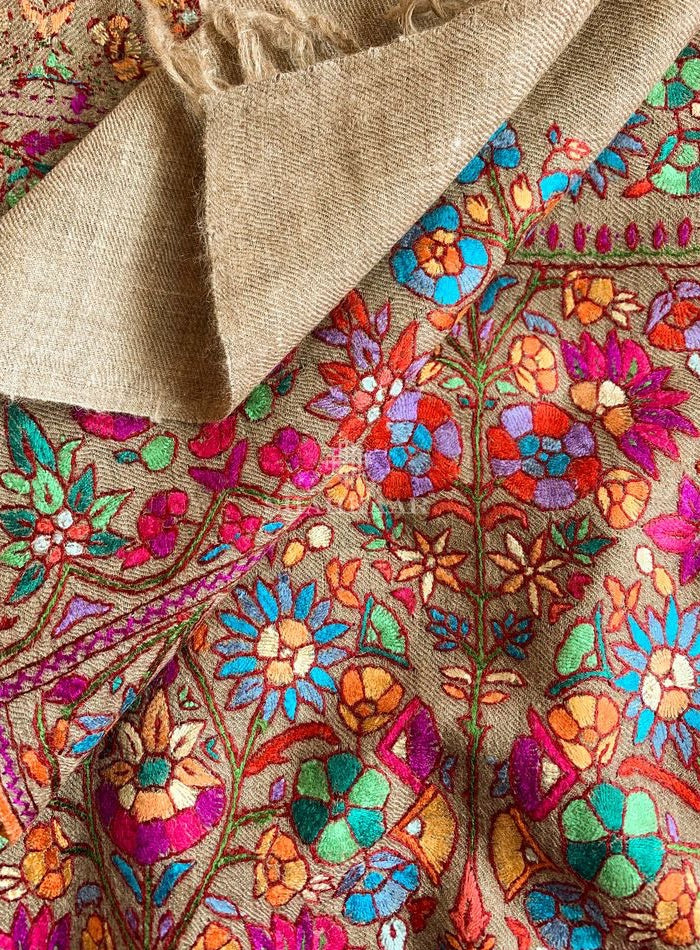
What is Pashmina Embroidery
Share
Pashmina embroidery is a traditional form of needlework that is used to decorate Pashmina shawls. It is a highly skilled and time-consuming process, and the resulting shawls are incredibly beautiful and valuable.
The history of Pashmina embroidery
Pashmina embroidery has a long and rich history, dating back to the 15th century. It is believed to have originated in the Kashmir Valley, where the finest Pashmina wool is found. The earliest examples of Pashmina embroidery were simple geometric patterns, but over time the designs became more complex and intricate.
The different types of Pashmina embroidery
There are many different types of Pashmina embroidery, each with its own unique style and technique. Some of the most common types include:
-
Sozni embroidery: This is the most traditional type of Pashmina embroidery. It is characterized by its intricate floral and geometric patterns, which are worked in fine silk thread.

-
Aari embroidery: This type of embroidery is characterized by its use of a special needle called an "aari." The aari needle has a long, thin shaft and a small eye, which allows the embroiderer to create very fine stitches.
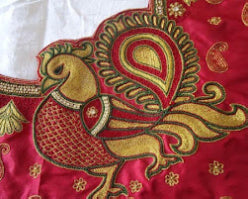
-
Kani embroidery: This type of embroidery is characterized by its use of bright, contrasting colors. The designs are typically geometric, and they are often worked in a raised stitch.

also read: A detailed blog on Wearing a masterpiece of Kani Pashmina -
Papier Mache embroidery: This type of embroidery is characterized by its use of papier-mache beads. The beads are sewn onto the shawl in a variety of patterns, creating a unique and eye-catching effect.

The process of Pashmina embroidery
The process of Pashmina embroidery is very labor-intensive. The first step is to select the finest Pashmina wool. The wool is then spun into thread, which is then dyed in the desired colors. The embroiderer then creates the design on a piece of paper, which is then transferred to the shawl. The embroidery is then worked in fine stitches, using a variety of techniques.
The entire process of Pashmina embroidery can take several months to complete. The finished product is a truly unique and valuable work of art.
The value of Pashmina embroidery
Pashmina embroidery is highly valued for its beauty, craftsmanship, and rarity. The finest Pashmina shawls can be worth thousands of dollars. They are often passed down from generation to generation as heirlooms.
Where to buy Embroidered Pashmina
Embroidered Pashmina can be purchased from a variety of sources. There are many online retailers that sell Pashmina shawls, and there are also a number of brick-and-mortar stores that carry them. If you are looking for a truly unique and special Pashmina shawl, I recommend that you visit a local artisan shop.
How to care for Embroidered Pashmina
Pashmina shawls are delicate and should be cared for with care. They should be hand-washed in cold water with a mild detergent. They should then be laid flat to dry. Pashmina shawls should not be ironed.
Conclusion
Pashmina embroidery is a beautiful and time-honored tradition. It is a testament to the skill and artistry of the embroiderers who create these stunning works of art. If you are looking for a truly unique and special gift, I highly recommend a Pashmina shawl with embroidery.

